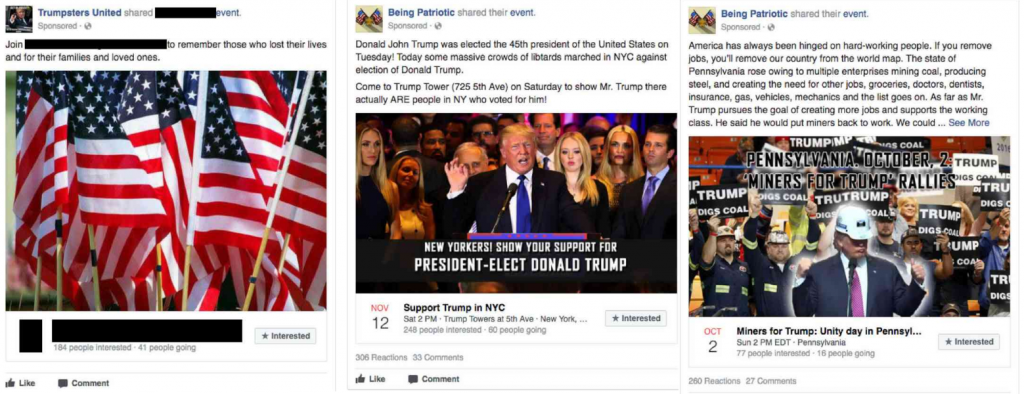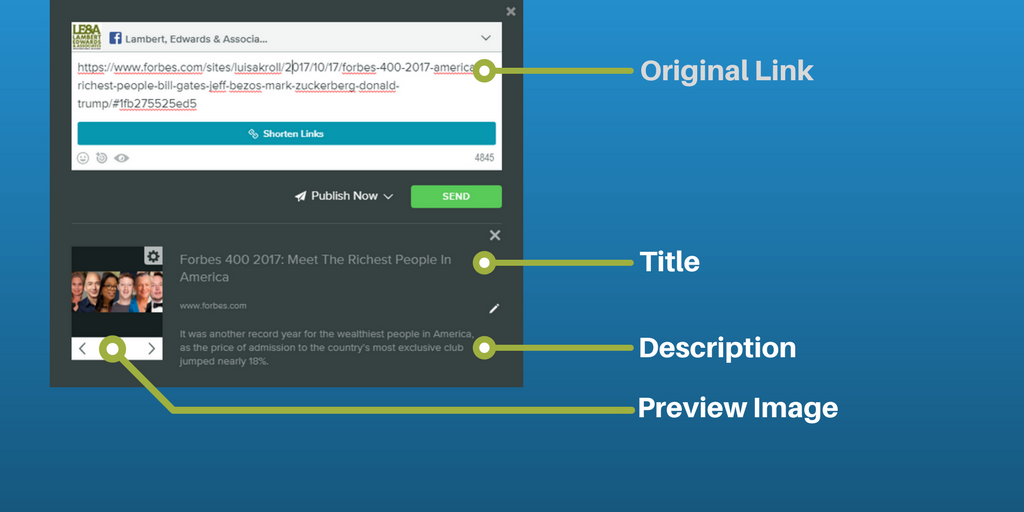Russian meddling in the 2016 election, and the ensuing Cambridge Analytica scandal cast a harsh light on the lack of user privacy oversight at Facebook. Just last week Congress released a new batch of ads that were targeted at US Facebook users during the election.
As the social media giant scrambles to calm the fears of users and advertisers – they’re changing policies that affect digital marketing. To understand why, we need to take a look back at the underlying elements of online content.
Metadata has always been an important – if underappreciated – part of good web design. The term refers to the lines of code written into web pages (anything from product listings to photo galleries to blog posts) that offer instructions to search engines and other platforms about how to understand, categorize, and describe the content on the page.
Unless you were in a bunker during 2016, your social media feeds were likely full of political posts. Many of those posts were riddled with misinformation and outright fabrications shared and re-shared and advertised by front groups or bots posing as real users that were programmed by groups working for the Russian government or people making money off the polarized political climate. In some cases, they appropriated links to real stories on credible websites (even fact-checking sites like Snopes) and changed the link preview content to images, titles and descriptions to mislead users. In others, they created websites with news-ish sounding names.

Disinformation on social media has been so effective because the majority of people who share links don’t even read the content if it confirms their worldview.
What is Happening
In response to the 2016 election interference (but also unscrupulous marketers), in December 2017 Facebook started blocking brands from editing the preview generated from the metadata of links they post (the rationale is so the titles, images, and descriptions can’t be changed to mislead users). Other platforms like LinkedIn adopted this practice even earlier.
What it Looks Like
Whenever you post a link to a social media site, whether you use Facebook or a social media management platform like SproutSocial (seen here), you’re typically presented with the opportunity to edit the metadata of any link you post.


Metadata is what populates link previews in social media posts. You’ve seen it at work – it usually shows up in three places on link previews:
- the title of the article
- the preview image, and
- the link caption below the preview image)
Many websites do not contain any metadata (or poorly-formatted metadata). If your site is one of them, your link previews will suffer.
You can test this by copying the link to one of your pages and pasting it into a post on Facebook (as though you were going to share it). Does it show a preview image? Is the title accurate? What does the description say?
Here’s an example without (and with) good metadata:


(In this situation, Forbes’ interstitial page blocked Facebook from being able to extract the metadata for the article resulting in a post with generic text for the title & description, and no preview image.)


(In this situation, the metadata has been edited for this link so that the correct title & description appear, and the post now has a preview image.)
You’ll probably notice that the post with edited metadata is much more vibrant and interesting. This leads us to the next point – why it matters that Facebook blocks editing of link previews.
Why it Matters
When done well, metadata can help your site rank better in Google and it’s increasingly important on social media. Our social media feeds are awash in images, because users find them more engaging than text. To ease the process of adding images to content, the major social media platforms use metadata to create link previews that pull in descriptions and images associated with web content. Even Twitter, the original text-based “microblog,” began showing link previews back in 2015.
As organic reach continues to decline, your content needs every advantage it can get to win users’ attention. Moreover, as influencer marketing continues to grow the content shared by influencers on behalf of your brand needs to be optimized so that it looks good no matter who shares it or where it appears.
What You Need to Do
As a stopgap solution Facebook is allowing brands (and partners they grant access to) to verify the websites they own, which preserves the ability to edit link previews.
To continue to be able to edit the post metadata for links to your website, you need to verify the domain with Facebook. This will mean either uploading an HTML file to the root directory of the site, or editing the Domain Name Server (DNS) records on your website with a code generated specially for your site by Facebook. A detailed walkthrough (with illustrations) is available here from Facebook.
It’s important to emphasize that this is only a short-term solution.
In the long term, you should invest time in fixing bad metadata on your website. Fortunately the process to fix metadata is simple (it involves only a few lines of code per page), but it could be a substantial undertaking depending on how many pages the website contains.
Not only will it improve how your pages index in search, it will help ensure that your owned content represents your brand well no matter who shares it.
If you’re worried about your metadata – Lambert would be happy to review it with you and make improvements.
Derek DeVries is a director of digital and social strategy at Lambert.

